5. The Shining
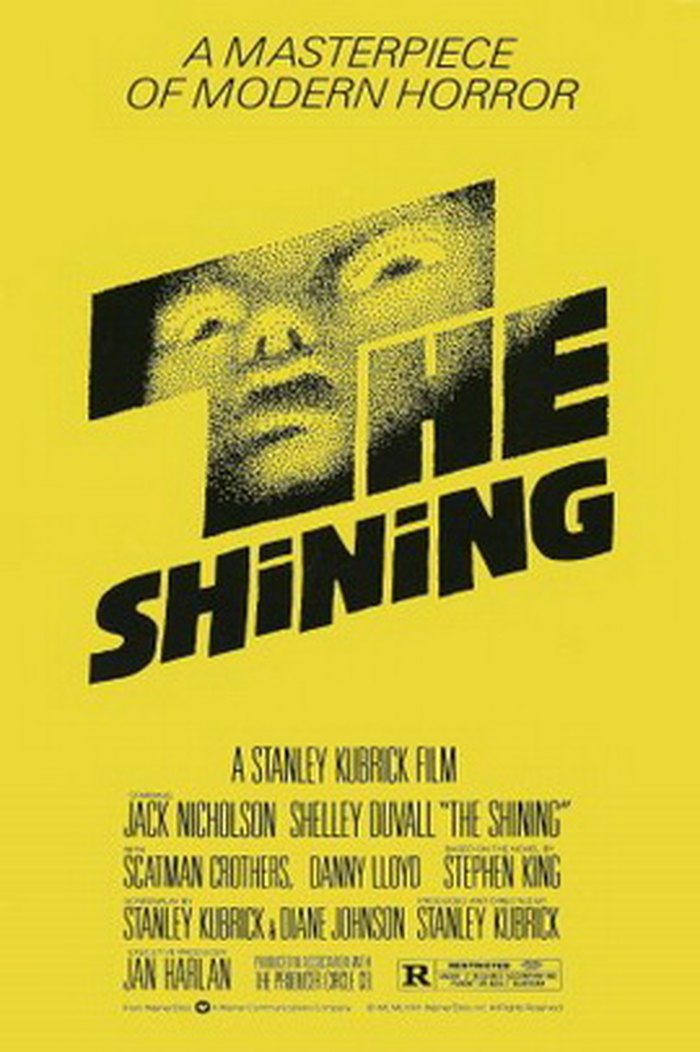
Boo hoo, yes, The Shining is at the bottom of the list. I think I’ve already spoken about my grievances with the movie, so I’ll be brief. It’s based on a book that I only found to be alright. It’s not very scary at all, save for that two-second-long scene with the man dressed as a dog. The book I don’t find very scary either, but at least it made me feel something. Seeing Jack slowly succumb to the madness of the Overlook Hotel despite his best efforts in trying the rehabilitate and become a better husband is actually sort of tragic and depressing. In the movie it feels like Jack is just a complete wacko from the beginning, and there really isn’t the same feeling of a downward spiral into insanity. That could just be because Jack Nicholson is just a zany guy that plays zany characters, or it could be the script. The movie starts of pretty slow with not much going on, there’s a lot of strange sexual imagery I don’t recall being in the book (Kubrick is one perverted guy), and they kill off Dick Halloran for some reason even though he survives in the book, which is just another example of the black guy always dying first in every horror movie. It’s really lame: Dick spends the whole movie desperately trying to get back to the Overlook to save Danny and his mother, and he immediately gets axed. So much for that plotline.
Maybe I’m just not intelligent to understand the complexities of this movie. That’s fine. If people like the movie and how much they can analyze it, then that’s great. It’s not that I hated this movie. I just didn’t like it, and that is why it is at the bottom.
4. 2001: A Space Odyssey

Yes, I am putting A Space Odyssey near the bottom. Here is why: it can get very boring. I’m not sure if this is a Kubrick thing or just an old movie thing, but a lot of shots are just held there for so long, it gets tedious to watch. In most movies when someone is heading somewhere, you get a shot of them going, and then it cuts to them arriving. In this movie, when a character is walking somewhere, we get to see him walk all the way there. No cuts, no speeding it up, no dialogue over it. Just walking. In one part, a character has to leave his spaceship and maneuver a little space pod around. And we have to watch a minute of the space doors slowly opening, then a minute of the pod slowly detaching, the pod slowly turning, the pod slowly going up. Every single thing. If I wanted to see machinery operate in this fashion, I’d go to a nearby construction site and watch some guy swing around a wrecking ball, not just the part where he smashes stuff, but also the part where he slowly climbs into the vehicle, where the vehicle breaks down and they have to call in a repairman, where the repairman spends an hour fiddling around inside of it. Every single action just goes on way too long. A ship is docking on a planet? Watch about three minutes of it doing that. A group of apes are having tribal warfare? Two minutes of them just yelling at each other with everyone too scared to make the first move.
I imagine the reason why these shots go on for so long is because Kubrick really wanted to show off the stunning visual effects. I also imagine that sci-fi was a lot more alluring in the sixties, so it would be neat to see the innerworkings of how these futuristic machines operated, even if it meant going over all the mundane details of it. Honestly, I would sort of understand Kubrick if this was the case. This movie came out in 1968, the time when TVs looked like oversized radios, Stars Wars was yet to be released, and we hadn’t even landed on the moon yet. Even so, Kubrick was pumping out beautiful visuals that, and I’m really not exaggerating, wouldn’t look out of place in a modern movie. The imagery in the movie is extremely sleek and clean. I really am left scratching my head as to how the film looks so great despite coming out in 1968. There’s a part where a guy is jogging around in a donut shaped spaceship, and somehow, we see him looping around over and over. I have absolutely no idea how Kubrick achieved this effect. Here’s a few really beautiful shots in the movie that I like:
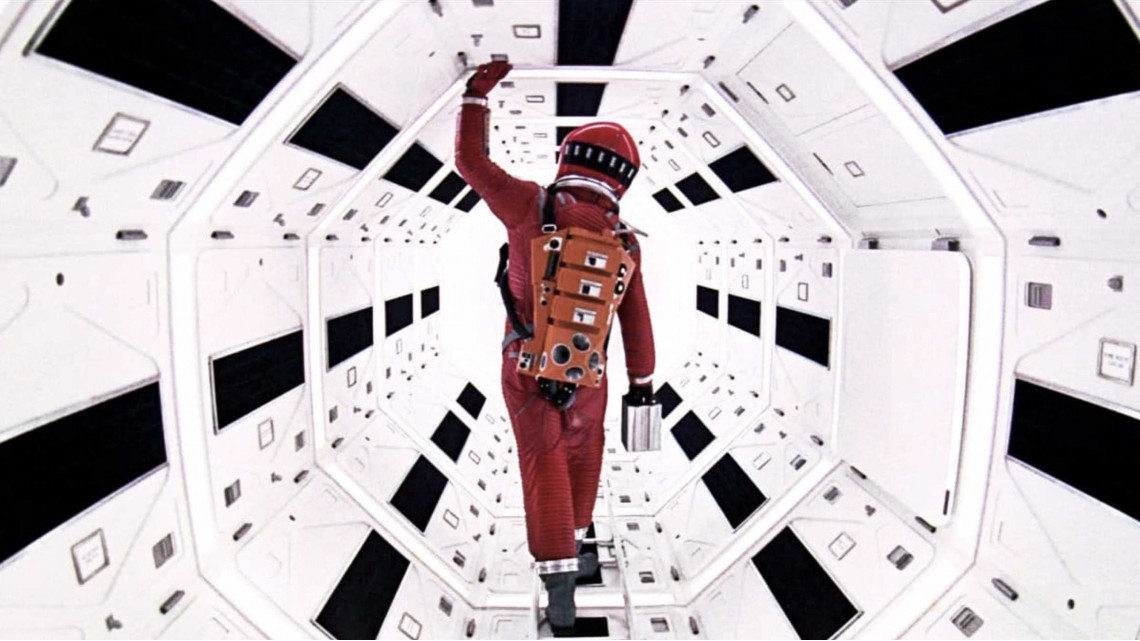
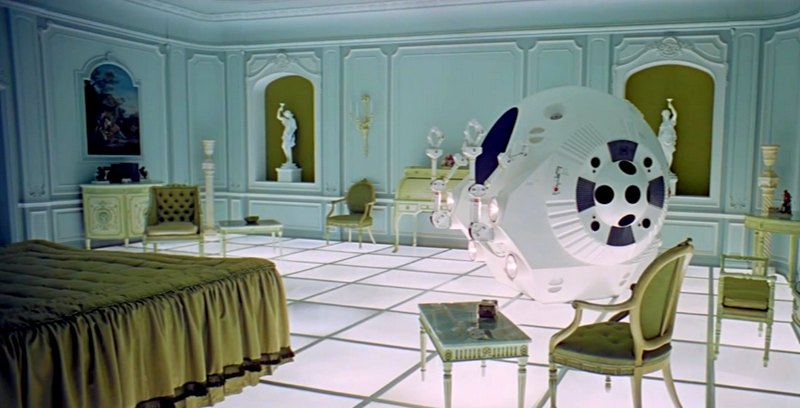

Overall, I respect this film. And if you shave off about half an hour of content, I would say that I like this film. The story isn’t too mind-blowing, but the ending definitely is. It’s a cool movie about human technology advancing to things we can’t even comprehend. Or something. I didn’t really understand too much of it.
3. Barry Lyndon

I’ll actually be going over the plot for this one unlike the last two. This is because by now everyone knows what The Shining is about, and because I think 2001: A Space Odyssey is pretty self-explanatory and nothing too insane (save for the ending). It also because I like the plot of Barry Lyndon.
This period drama set in the 18th century is based off the novel The Luck of Barry Lyndon. It is about an Irishman named Redmond Barry and how he starts from humble origins before climbing up the social ladder into aristocracy. From that description, it probably sounds extremely stuff and boring, but it’s really not. Barry goes through a lot of crazy stuff over the course of his life. From being forced to leave his hometown after killing someone in a duel, losing all his mother’s savings to a robber, enlisting in the British army in the Seven Years’ War looking for glory, deserting after becoming disillusioned with war, and then being forced to switch sides once he is caught by the Prussian army, Barry’s life is extremely interesting to look at. And all of this takes place in the first third of the movie. I’m leaving out way more cool details in order to prevent spoilers. In a way, it’s like watching a documentary about the most interesting person ever recorded in history, even if his story isn’t true. It’s gratifying to see Barry start in such a bad way, yet still he slowly rises up the ranks in the Prussian army, gaining money and status along the way.
The music is great as well. A lot of classical pieces are used which I’ve never heard of, but they all sound good. Some of my favorite parts is just shots where nothing is happening, while a cold yet dramatic violin soars in the background.
Like A Space Odyssey, Barry Lyndon is also a very pretty film. Here’s some of my favorite shots from the movie. They straight up look like classical paintings, it’s great. In these cases, I don’t mind if Kubrick wants to linger on them for a minute or so. And accompanied by the orchestral soundtrack, it’s perfect.
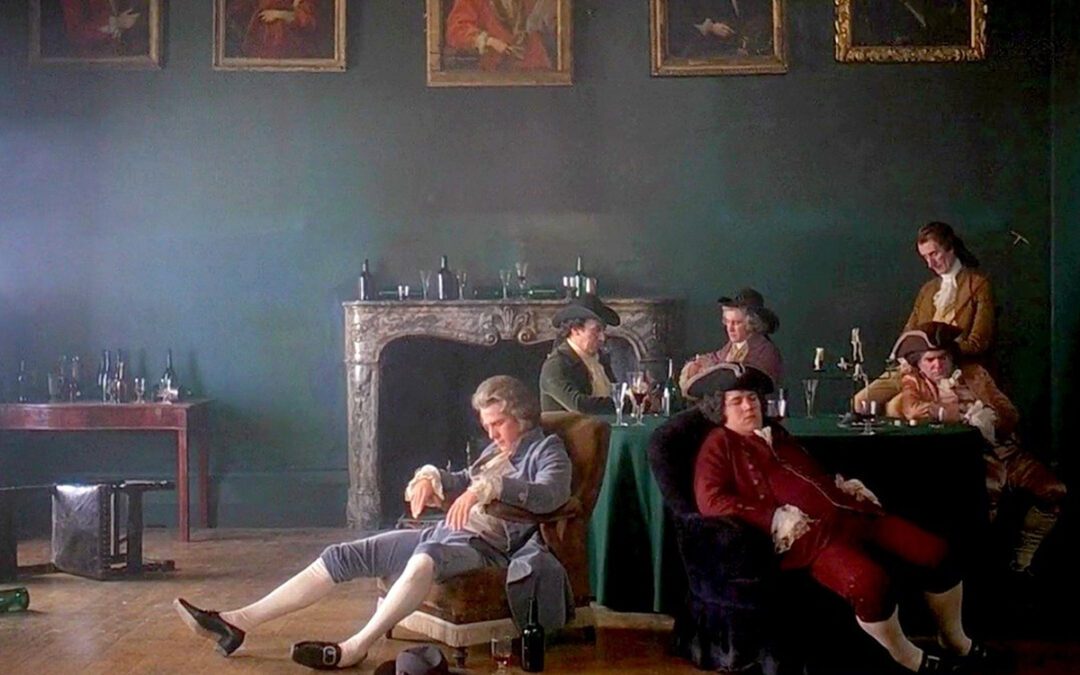
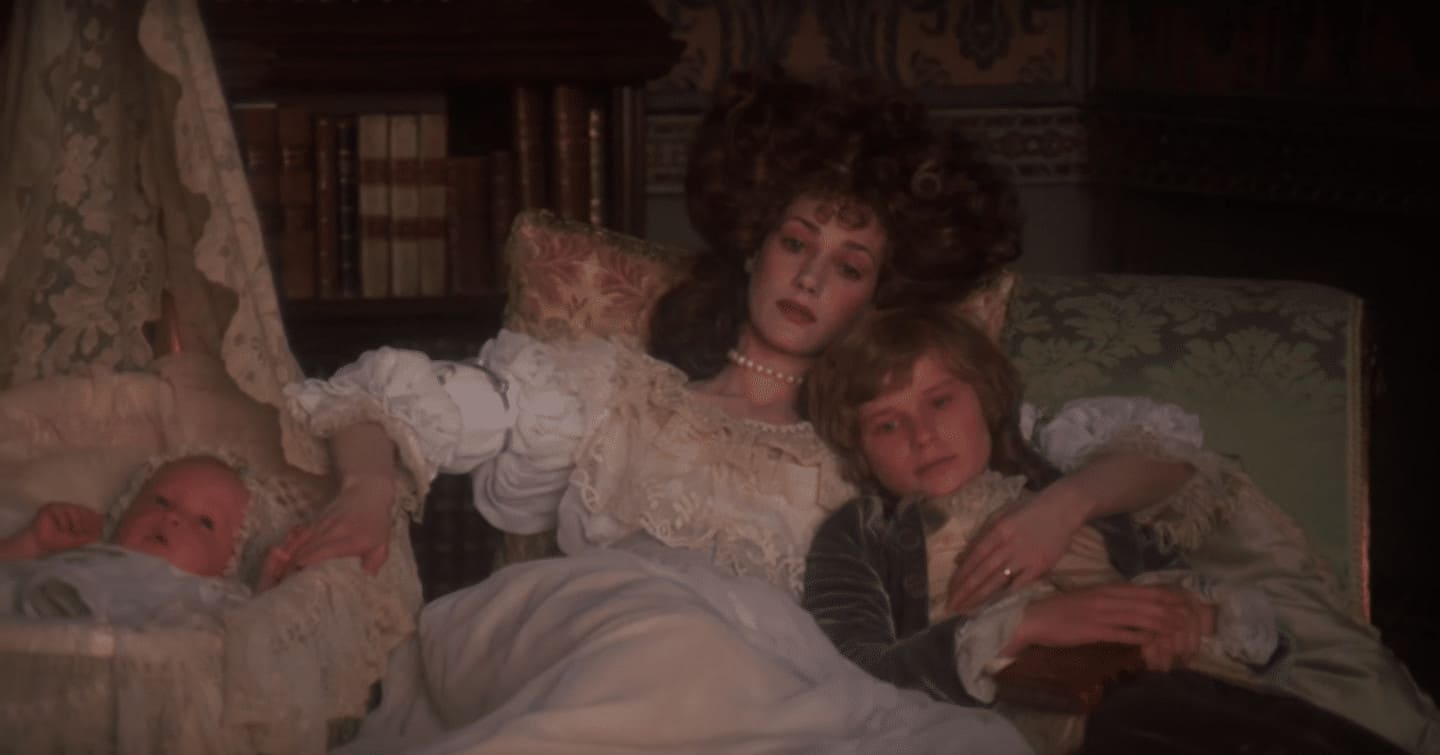

If you like history, you should definitely watch this movie. It has the feel of a biographical film thanks to the calm voice of the narrator as he recounts the events Barry winds up in. It is probably one of the most beautiful movies ever made. I give it a 2 out of 5.
2. Full Metal Jacket

This one’s about a soldier called Private Joker as he goes through boot camp and then fights in Vietnam, all while he and his fellow men are slowly dehumanized and turned into killing machines. I always enjoy war movies, and this one is no exception. However, Full Metal Jacket doesn’t lean too hard into intense firefights and heroic military exploits. Instead, it’s more about the war machine and how war affects the soldiers’ psyche. The first act of the movie takes place entirely within the bootcamp, and it’s the best part. It’s very intense and suspenseful despite taking place far away from the fighting in Vietnam. While plenty of soldiers adjust decently enough to become the killing machine the army wants, some soldiers can’t take it. Constant screaming from the instructor and ostracization from the other soldiers build the pressure, the boot camp slowly drives them insane. This all leads up to an explosive climax at the end of the first act. In the end, the army gets its desire killing machines. But this is at the cost of the soldiers’ humanity.
The second act of the story isn’t nearly as exciting as the first, although now we do get a taste of some of the action. The fighting isn’t nearly as exciting as say, a movie like Saving Private Ryan, but it’s not really the point, and is more a means to an end of getting Kubrick’s anti-war message across. And I still found the action to be enjoyable anyway, so it’s more of a subjective thing. This part focuses more on the duality of man. Private Joker dons a helmet that has “Born to Kill” written on it, right next to a peace button. He jokes around: “I wanted to be the first kid on my block to get a confirmed kill.” But when the opportunity arrives, Joker’s conscience holds him back.
But who really cares about the philosophical discussions? I don’t. I wanted to see people get shot. Disregarding all the themes that I don’t really grasp, it’s still a fun movie about Private Joker’s experience in the Vietnam War. Events don’t really lead into one another; in fact, acts one and two could be entirely different stories aside from the few characters appear in both. Things just happen, and Private Joker reflects upon them. This sort of sounds negative, but I like the disjointedness of it all. It makes it feel like a war memoir. And I do think Joker’s commentary on the events are pretty nice. At one point, when Joker sees his first corpse, he remarks in his head, “The dead know only one thing: it is better to be alive.” I’m not so sure what the profoundness of the statement is, if it even is profound at all, but it’s always stuck with me. And speaking of quotes, the drill sergeant’s lines in the first act are very funny and quotable, which is part of why it’s so good. While Barry Lyndon I would only watch alone while in a serious mood, Full Metal Jacket is something that I’d watch when I don’t feel like trying to analyze Kubrick’s art (although you still certainly could with this movie). It’s one of the few Kubrick movies that I feel could be enjoyed by a general audience and not just film snobs. You may say that just means that Kubrick’s other movies have more artistic merit, and perhaps you’d be right. But I value the entertainment value more than the meaning behind it. I give this movie a poontang out of five.
1. A Clockwork Orange
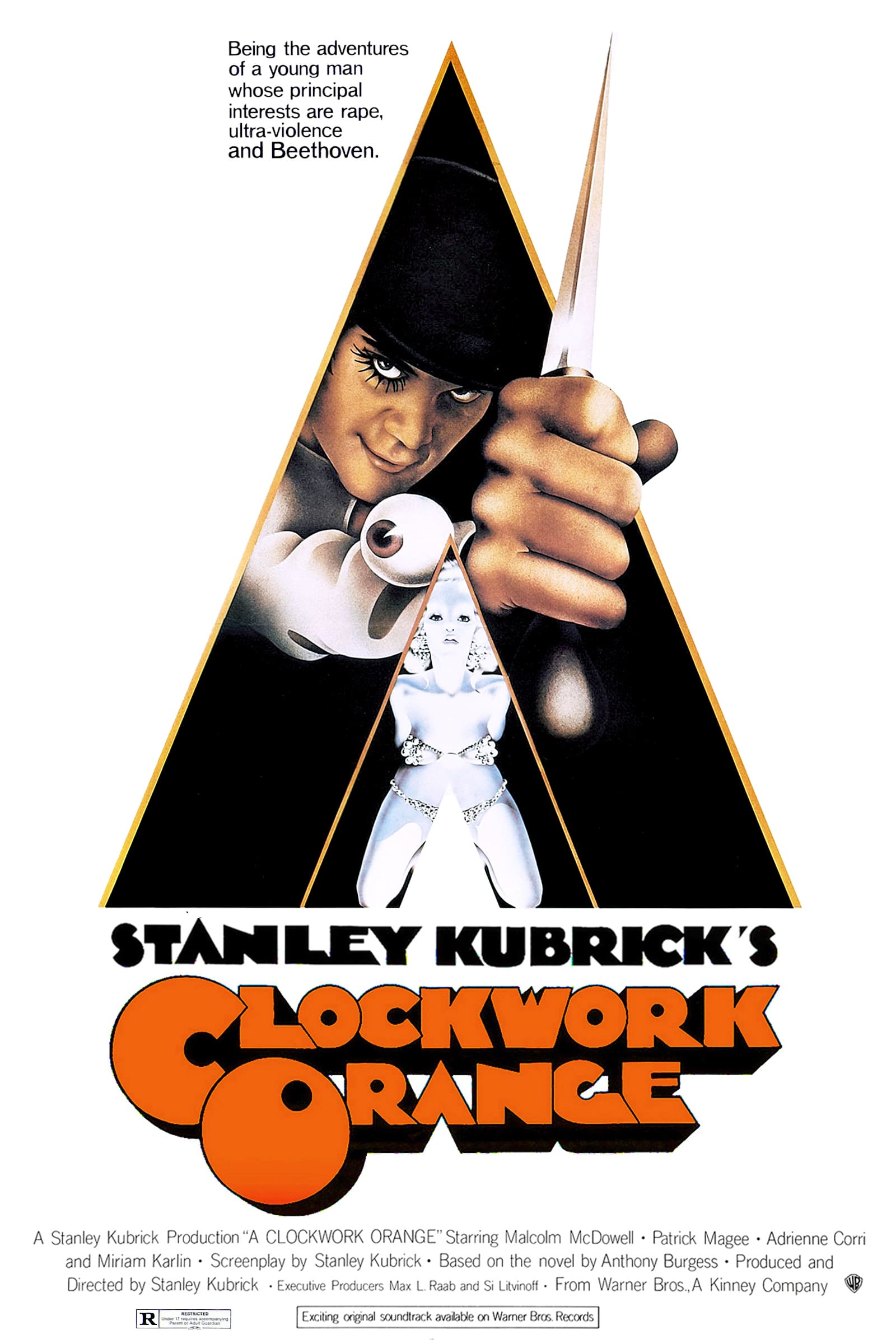
I loved the book, so it’s only natural I’d love the movie as well. I love this movie enough that I wrote a whole essay about it for school. Here is a shortened and edited version:
“A Clockwork Orange is a film directed by renowned director Stanley Kubrick and is one of, if not the greatest work of cinema ever produced. One of the crowning achievements of the 20th century, it can be considered Kubrick’s magnum opus. The film follows a teenager named Alex, a vile and reprehensible member of society, who, alongside his gang members, takes pleasure in terrorizing the streets and harming the innocent. When Alex is sent to jail following a robbery gone wrong, he signs up for the controversial Ludovico Technique in hopes of being released from prison sooner. The Ludovico Technique aims to make Alex become repulsed by violence, and he is forced to watch horrific acts for hours on end, often accompanied with music from his favorite composer, Beethoven. By the end of it, Alex is physically unable to commit any acts of violence. Now in a defenseless state, Alex is released back into the free world, where the people he has wronged in the past come back for revenge. Kubrick crafts a grotesque, yet mesmerizing experience that is and will remain a work of art to be preserved in cinema history.

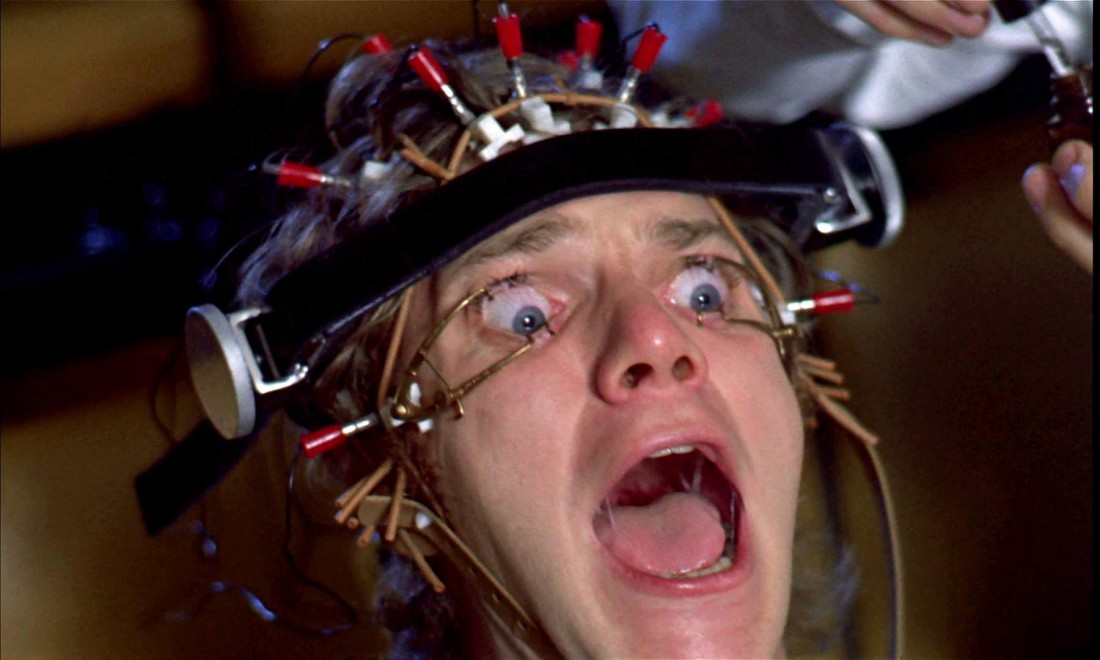
One of Kubrick’s remarkable skills is the ability to provoke a million feelings using imagery alone. Through long shots of silence and bizarre set design, Kubrick masterfully keeps the viewer’s eyes glued to the screen, forcing them to absorb the surreal and uncanny world being displayed. Near the start of the film, there is a scene where Alex and his gang break into a couple’s home. The house’s interior is decorated in a strange, modern minimalist aesthetic. The place is decorated with strange, futuristic looking chairs, the hallways are for whatever reason made of mirrors, and the desks and walls adorned with odd light bulbs that feel entirely out of place. The house seems familiar, but so freakish and dreamlike that it simultaneously feels fake and uncomfortable to look at. The uncomfortableness is only multiplied by the unnerving silence present throughout the scene, and the viewer can’t help but start to feel anxious as the camera sweeps from room to room. When Alex and his gang burst in and mercilessly beat the two homeowners, the uncomfortableness reaches its peak and transforms into full on disgust. This is the point; Kubrick intends for this scene to show the viewer the vile and repugnant crimes in a way that makes them feel absolutely sick. Although the actions that take place are awful on its own, it’s the set design that really takes the surreal and sickening feeling to the next level.


On top of this, themes are also an important matter regarding the quality of a movie, as well as how a movie stands the test of time. A Clockwork Orange constructs an impactful message regarding morality and free will. In the story, Alex is forced against his will to become a “good” person, becoming unable to carry out any of the violent acts he imagines in his head. In the process, Alex begins to find the music of Ludwig Beethoven unbearable to hear, since the Ludovico Technique was performed while Beethoven played in the background. Alex’s love of Beethoven was one of his only “human” traits at the start of the film, and he wasn’t much more than a monster otherwise. However, the Ludovico Technique turned Alex into a law-abiding machine, eliminating all traces of his humanity. In the government’s pursuit of a cure for degeneracy, they turned Alex into a robot. And as one of the characters in the film explicitly points out, “When a man cannot choose, he ceases to be a man.” After all, is someone really good if they have no other option? Kubrick expresses the idea that goodness can’t be forced—goodness has to be chosen, it must come from within. Forcing goodness causes Alex to be dehumanized; his taste for music is stripped away, he is referred to not by his name but by a prison number, he is treated not much better than a stray dog by the entire world. Perhaps we could turn the world into a crimeless haven of peace through the brainwashing of the people. But it wouldn’t be true goodness, and they wouldn’t be human. They would be gears in a clockwork.
Although Kubrick has a myriad of masterpieces under his belt such as Full Metal Jacket and The Shining, A Clockwork Orange stands as masterpiece among masterpieces and is arguably Kubrick’s most striking and artful film. The distinctive set pieces, memorable music, and excellent camerawork, work in tandem to make each and every shot a captivating memory. Every line of dialogue is a story, each scene and each second building towards the thought provoking messages Kubrick wants to express. There has never before been a film like A Clockwork Orange, it is likely we’ll never see another film that reaches the same level of artistry displayed here. It’s because of this that we can consider A Clockwork Orange the greatest movie of all time.“
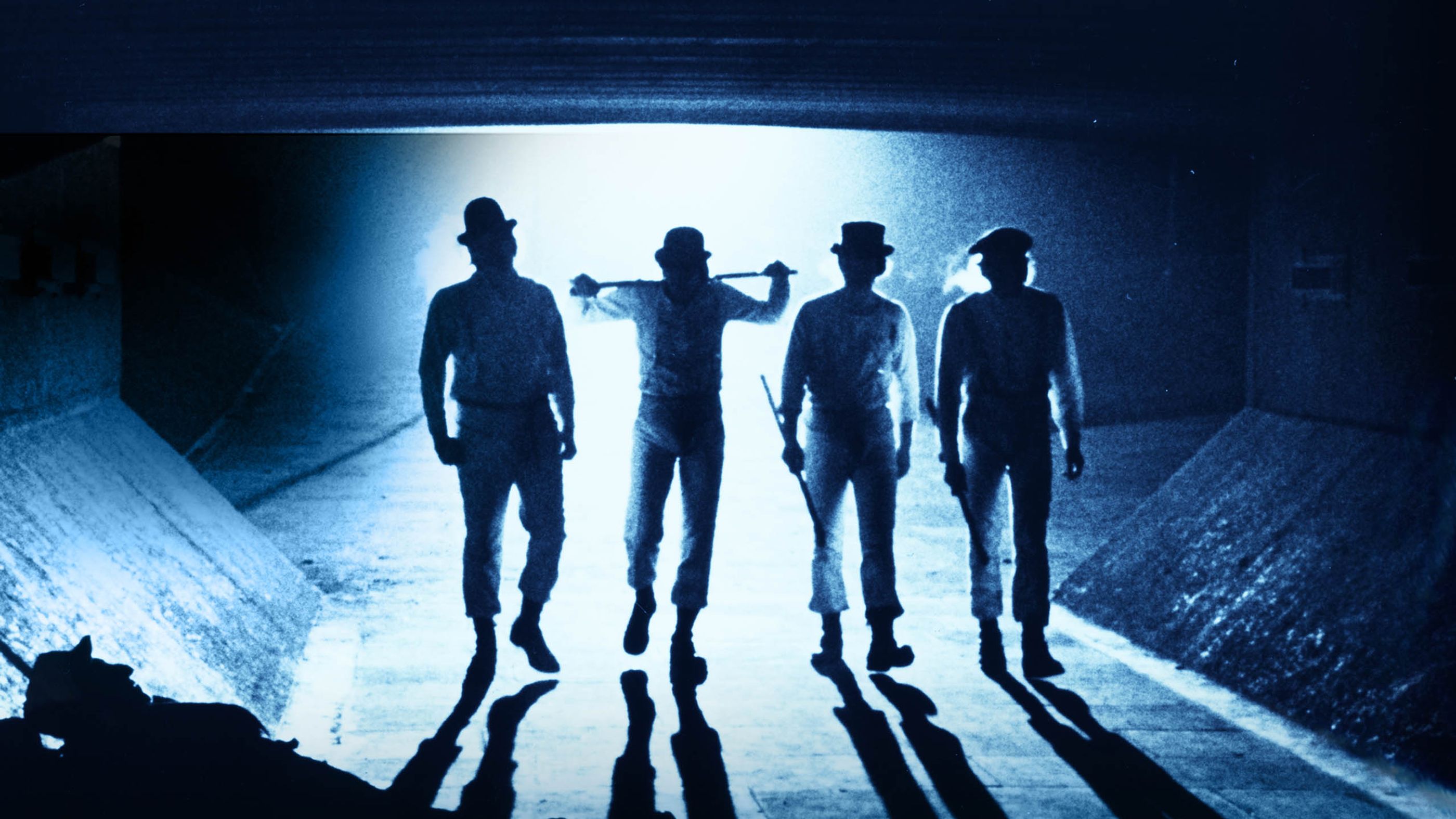
It really is the greatest movie ever made. I think it strikes a good balance of general audience enjoyment, the kind of fun that Full Metal Jacket has, and the artistry of Kubrick’s other movies, like Barry Lyndon. If you don’t enjoy Kubrick’s themes on morality and human choice, then you can enjoy the plot, which is mostly faithful to Burgess’ novel. Dystopian plots such as the one featured in A Clockwork Orange are always very fun. Even though Alex is such a horrible person, I began to feel sorry for him in the latter half of the film, and I was rooting for him to escape the government’s evil system.
It’s a masterpiece. My rating of the movie is twenty milk-pluses out of ninth symphony.